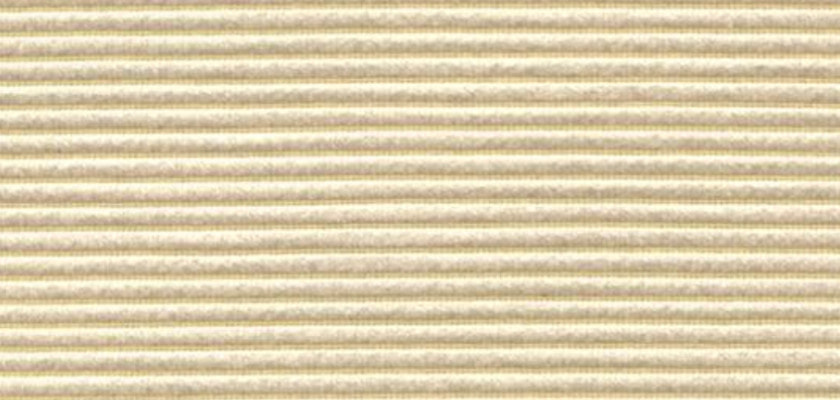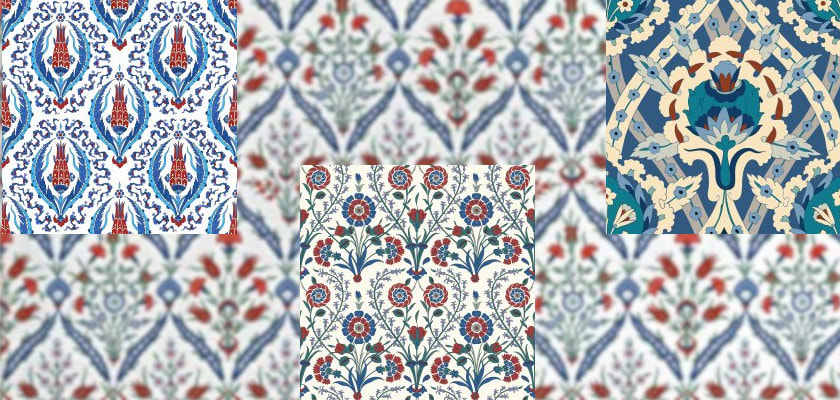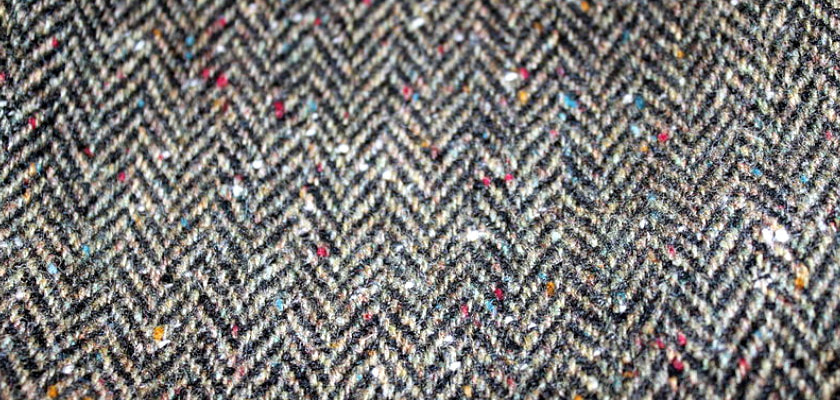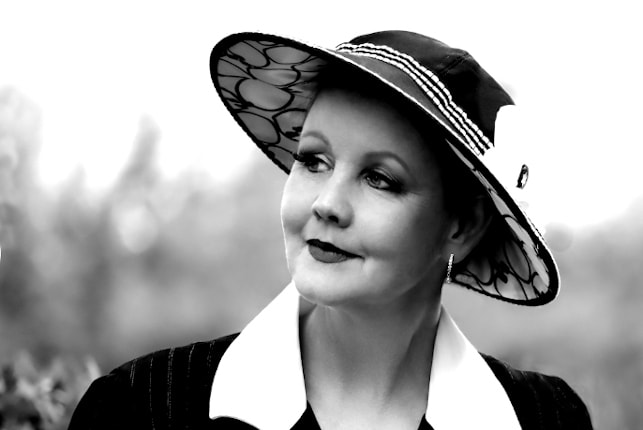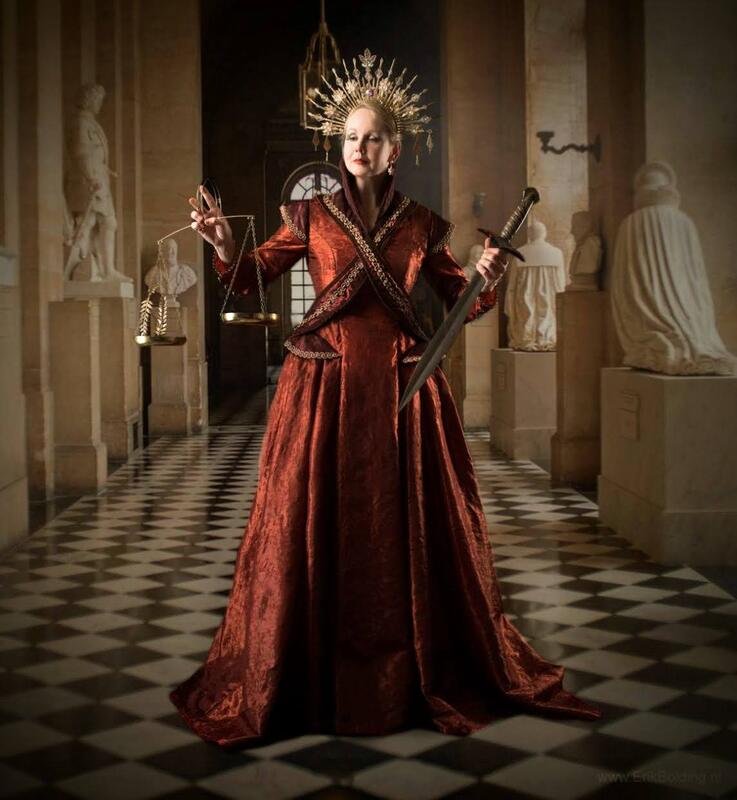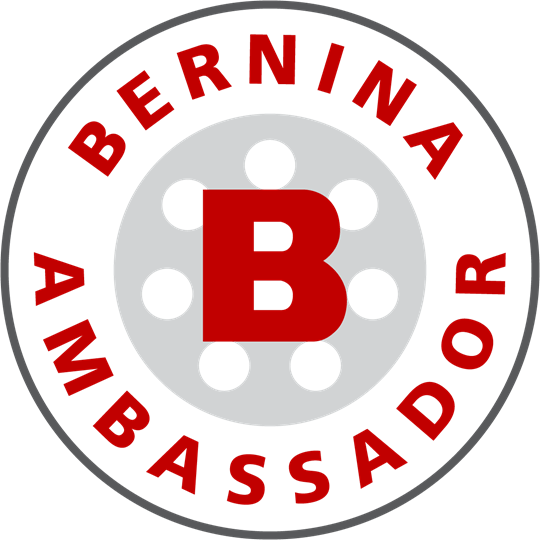|
The term 'Ottoman' is often mentioned the sewing world. Is Ottoman a type of fabric or a characteristic of a fabric? Or is it a design? To make it even more confusing, it's all three. Don't panic, we'll explain it to you. Ottoman as a (type of) fabric Ottoman is a fabric that is ribbed in structure. It has to do with a certain way of weaving, which creates ridges. So you can speak of a ripple pattern IN the fabric. The fabric can be woven or cotton. In both cases it is called: an Ottoman fabric. The ridges can vary in thickness. But due to the way of weaving, the fabric is strong and dense in structure. The fabric is often confused with 'Texture'. Texture is an inexpensive, strong fabric that is often used for decoration, costume and event decoration. Especially because the fabric is cheap and very strong. However, no ridge is visible in Texture. Ottoman as a fabric characteristic On some fabric online shops, all fabrics that are ribbed fall under the category 'Ottoman'. However, this is incorrect. For instance: A plicé fabric is a pleated/ribbed fabric. This means that the fabric is pleated or folded and therefore extremely stretchable in one direction. And: corduroy is sometimes called 'Ottoman' as well. However, this is not correct either. Corduroy, or ribbed velvet, is a woven fabric with a ribbed structure and nap. This type of fabric is nevertheless not an Ottoman because Ottoman fabrics never have a nap. You can usually use Ottoman fabric in all thread directions. With a corduroy, the nap and thread direction are essential when you are going to cut or sew the fabric. Ottoman as design The name Ottoman comes from the French 'Ottoman', a weaving art from Turkey. The name has everything to do with the Ottoman Empire in which the art of weaving was invented and became a trademark all over the world. Weaving became a real art by using the striking patterns and colors that are now seen as typically 'Turkish'. The weaving was not only done with strong cotton but also with silk. These were very expensive fabrics. Nowadays, these designs are also made with silk-like fabrics, making them a little less pricey. Ottoman designs were mainly used as decoration, furniture fabric, shawls, coats, clothing and ceremonial clothing. You often see Ottoman design in the tiles of bathrooms, bathhouses and saunas. The typical colors are often blue, turquoise and white as main colors, and pink, yellow, green and purple as additional colors. The structures are repetitive and often have ornaments or geometric designs. See our blog: All about design of fabrics. Ottoman & Chanel
As far as we know, Chanel has never been keen of Ottoman as a type of fabric. The only stripes in the fabric that we have come across are the tweeds and specifically: the Herringbone tweed. This fabric was much loved by Coco Chanel and it is still at the Chanel fashion house today. Maybe we will create a Chanel-style jacket in an Ottoman fabric? Yes, why not. The stripes of fabric are beautiful, strong and above all comfortable. We will come back to this later! Comments are closed.
|
All about creating your own Chanel-Style jacket, Chanel-lovers information, Historic Costumes, Couture & Sewing book reviews and tutorials.
|
